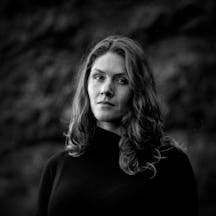Everyone’s experience of illness is different, but each story intersects. Writer Sinéad Gleeson explores the empathy forged through pain, drugs, dependence on others – and just waiting to get well again.
The solidarity of sickness
Words by Sinéad Gleesonphotography by Camilla Greenwellaverage reading time 11 minutes
- Article
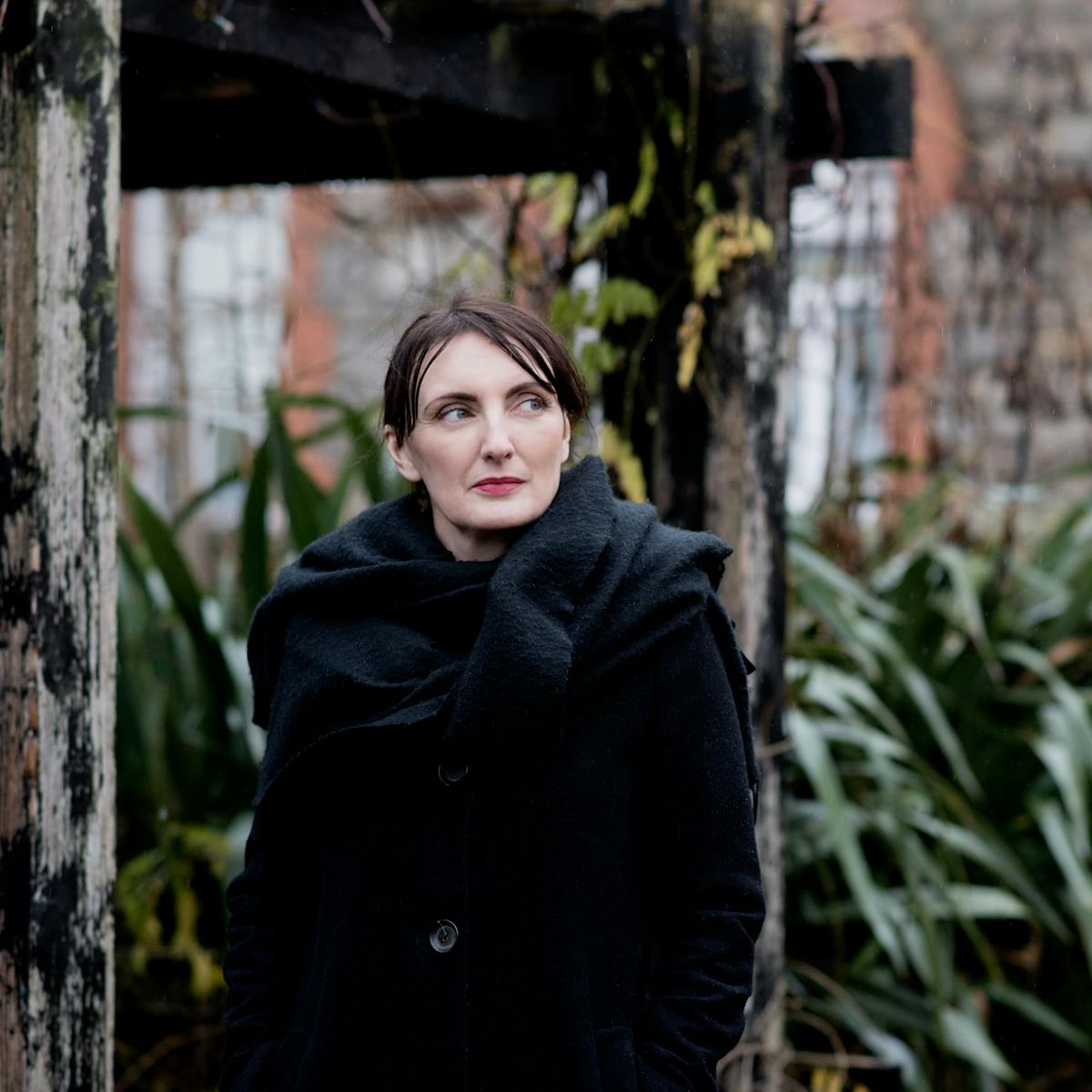
Late last year I visited a friend in hospital. She is, like me, a writer. And she has, like me, found that illness has taken up more space in her life than in most people’s.
As a child she had a freak accident that had a life-changing physical and neurological impact. The right side of her body is partially paralysed, which makes writing difficult. The fact that physically putting words on a page or screen is arduous and time-consuming always impresses me about her.
Recently she visited a friend’s house and tripped, smashing her kneecap and tibia into a mosaic of their own. This is why she’s in hospital. And because of the aforementioned neurological damage, she is not a candidate for surgery. A consultant suggested that her only option is to wait for the bones in her leg to knit back together naturally.
It is a tedious, painful process, but she is remarkably upbeat, as she always is. This, I have discovered, is a common disposition prevalent among people who have spent a sizeable amount of time ill or in hospital. It’s a steadfast mix of coping mechanism, and a sense of I-don’t-have-time-for-this-shit.
We chat and drink from the collection of fancy cordials given by another visitor, when there is a sound that never fails to make me uneasy. The sound of someone in pain. The kind of distressed whimper emitted when it is too hard to summon actual words. My friend motions to the source of the sound – the woman she shares a room with – in a bed across the way.
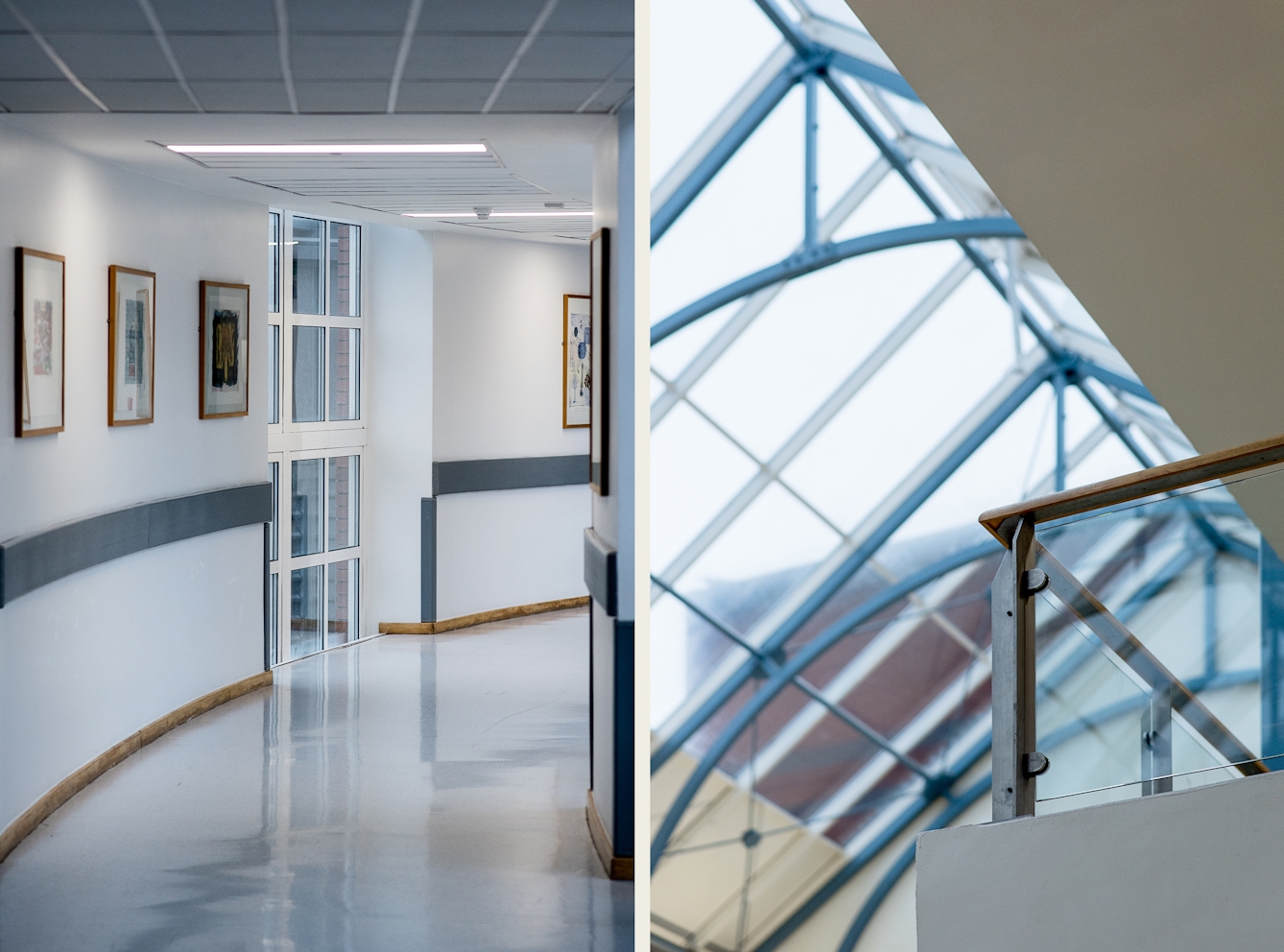
"Hospital exits always feel far away."
The new reality of a failing body
This woman had, until recently, a job where she relied on her body. She was in good physical shape and then, out of the blue, was diagnosed with a chronic illness affecting the central nervous system. Her first language is not English and her ability to speak is slipping away. She has young children, who are struggling to understand her.
Except for a curtain, there is little privacy in this shared space. This woman deserves to be cared for in a single room. In her vulnerable state, this should be a fundamental right. I don’t see this stranger’s face during my visit (I avert my eyes, desperate not to intrude), but am overwhelmed with wanting things for her: more space and solitude; a body that isn’t failing; a longer life. I wish that she, and my friend – none of us – ever had to be patients.
But bodies are fallible. They fail, fracture, arrest, atrophy. Everyone who is not currently a patient is, as the writer Anne Boyer points out in ‘The Undying: A Meditation on Modern Illness’, a “future sick person”. There is both possibility and – unless you’re lucky, or possess remarkable genes – an inevitability contained within this.
My friend and I say our goodbyes, and the last thing I notice on the way out are the windows. Two slim rectangles almost at ceiling height that supply the feeling of being in the bowels of a ship, or worse, a cell. Apart from the way they block all the light out of the room and cut off a view of the outside world, they make it harder to locate yourself – apart from being the occupant of a bed. The effect is disorientating.
The walk to the exit seems to take longer than it took on the way in, but perhaps this is an invention. Hospital exits always feel far away, the layout unnerving, a labyrinth of Ridley Scott corridors. Head down, I hurtle along until I’m out into the cold face-smack of November. And there it is: the familiar sense of relief that for today, I’m not the patient. Fumbling for my car-park ticket, I feel gratitude settle into my bones.
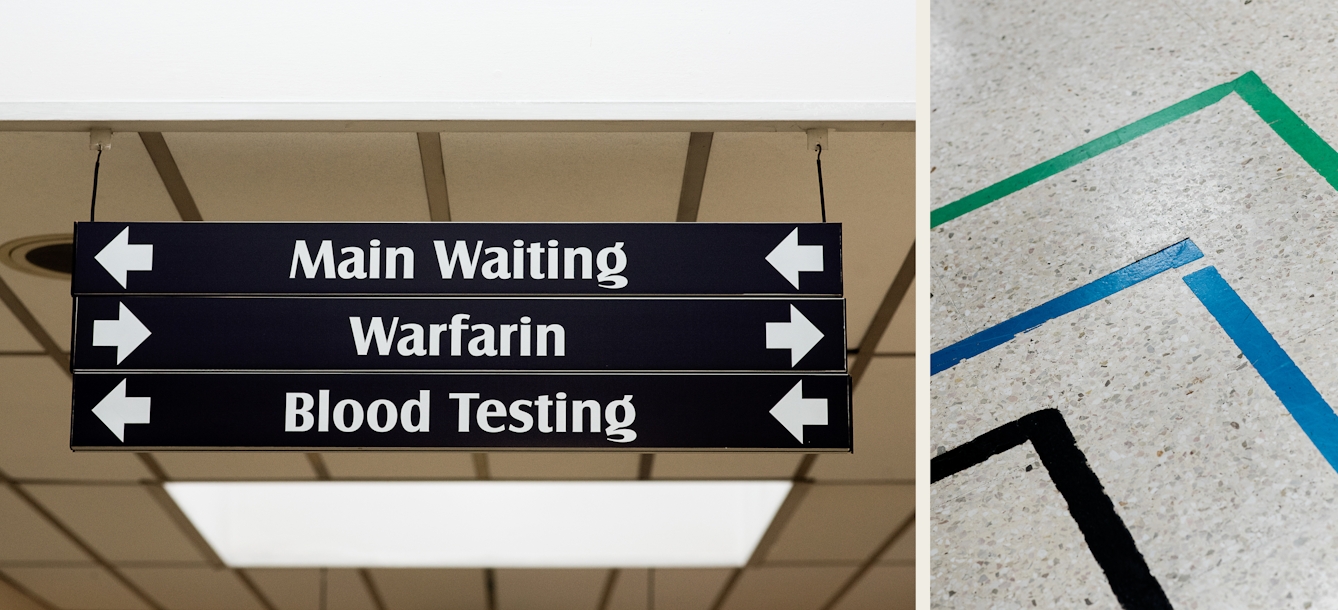
Hospital signage, essential to navigate the unnerving layout and labyrinthine corridors.
How illness encourages instant intimacy
Over the last year – because I wrote a book about bodies and illness and hospitals (it’s also about art and ghosts and writers, but people seem to focus more on the bloodier mortality essays) – I have spent a lot of time talking about the geography of hospitals and how it affects those within them; and of patient experience and patient-centred care.
It is no surprise that many of the people who ask questions at events, or stand patiently (I’m aware of the polysemous nature of this word) in the signing queue, are readers who are, or have been, ill. They tell me their stories and we trade comparisons. I have conversations about the horror of having a post-op drain yanked out, or what’s it like to lose your hair from chemotherapy. Someone else enthusiastically agrees, that YES, the Vacuettes (a brand of blood-collection tube) would be a great name for a girl punk band.
I don’t assume to speak for every patient I meet, but guess that in some way they find recognition in the book. A mirroring of what they’ve gone through, even though our experiences are not the same. There are women who have been patronised and dismissed by male doctors; the woman whose daughter has a terminal brain tumour; the man whose wife has died; the cancer survivors; the chronic pain sufferers. They all have distinct stories, diagnoses, traumas – and yet we all know about the intersections of illness.
Many things people tell me centre on fear, or voicelessness; on feeling their sense of autonomy vanish once they are admitted to hospital. And every patient knows that once inside the walls, they cede a sense of control, while being confined to a space you have no control over at all. There is a collective acknowledgement of all the good that hospitals do, while recognising something equally dystopian about them.
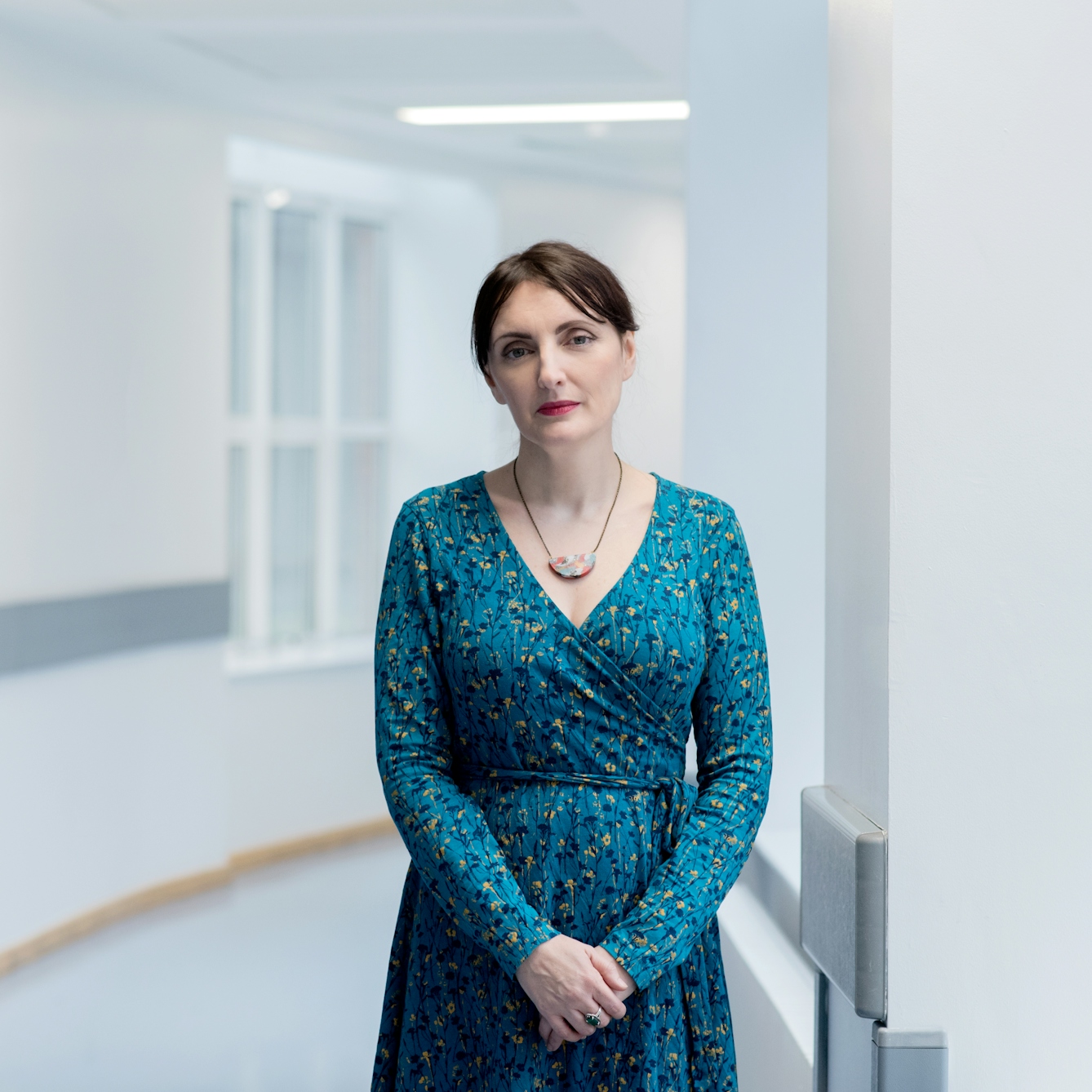
Sinéad Gleeson.
(Here I think of the terminally ill woman who discharged herself from a Dublin hospital and was found dead four days later, or the four-year-old with pneumonia sleeping on coats at a Leeds A&E, whom Boris Johnson refused to look at a photo of.)
I use ‘dystopian’ in its sense of opposition to a utopian ideal: that everything will be better; the acme of perfection. These conversations happen at rickety tables, or the backs of libraries or bookshops, and while there are no uniforms, we find ourselves to be comrades. An army of patients, past and present.
A craving for junk food
A year before this hospital visit, I found myself in the home of another writer. The event was a dinner party, and the host had recently undergone chemotheraphy. The house was cosy and packed to the gills with books. I sensed our host’s relief at being home, of a return to privacy and of being surrounded with friends and familiar objects over food. As we eat, it strikes me that hospital and hospitality have the same root word.
People clinked glasses, talking about life and books and the events of the almost-over year. I was warming my legs in front of the fire when I glanced at the mantelpiece. There was a small box of medicine that anyone else might have missed, but it caused a particular kind of jolt in me. Like those inward ripples of shock and unease when you see someone on the street you extricated yourself from years before.
Mycostatin is an antifungal mouth spray often given to those undergoing chemotherapy. Chemo can cause painful mouth ulcers, which require a three-times-a-day routine of swilling Mycostatin – along with Corsodyl – to deter them. The box is lime green, an ironically sickly shade, and seeing it between the candles and ornaments brought me back to that daily ritual.
As this was a dinner gathering, the writer and I had a long conversation about food and how chemotherapy utterly destroys and warps appetite. In the days after my chemo rounds, there was nothing I could – or wanted – to eat, except crisps. Normally I’m indifferent to salt, but I craved it with an addict’s zeal. Anything with a perceptible tang to zap my nerve-dead taste buds.
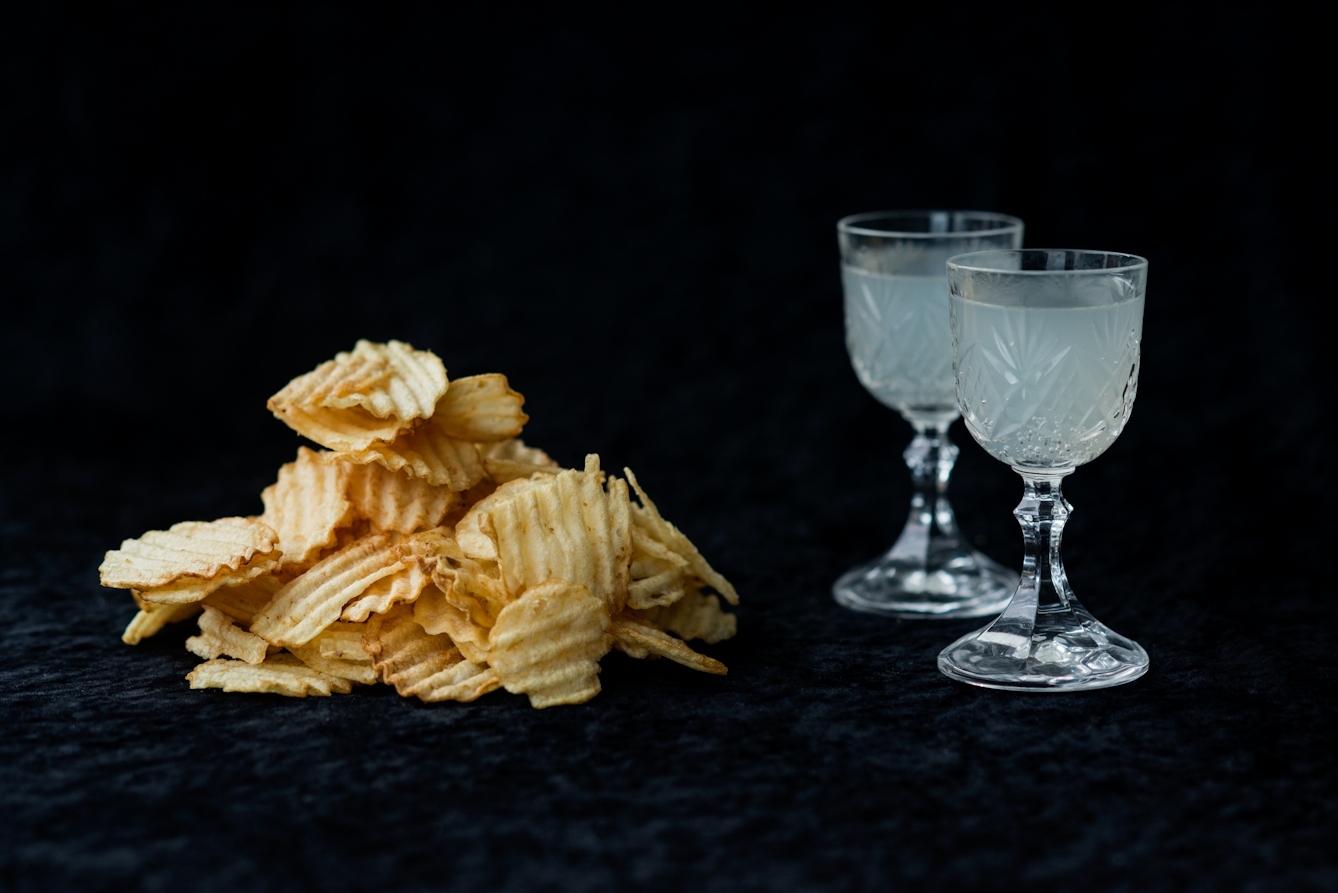
Crisps and lemonade: "Our cravings were for trashy junk."
The writer friend was drinking fizzy lemon, one of the only things he could actually taste, and his enthusiasm for carbonated sugar was charming. That our cravings were for trashy junk – crisps and fizzy drinks – united us further. A comic connection, at odds with the things we usually veer towards when we’re not – it seems – patients. We are all past and present and future versions of ill people. As Dr Krokowski says in ‘The Magic Mountain’ by Thomas Mann: “I for one, have never in my life come across a perfectly healthy human being.”
We are all past and present and future versions of ill people.
Frozen cheese and chemotherapy
The experience of food while undergoing chemotherapy was, for me, oddly perfunctory. There is nothing on the entire food spectrum you desire to eat, and yet you know you must. It’s very easy to lose weight or become anaemic. Those food/chemo conversations resurrected all the things I was not allowed to eat during inpatient stays for leukaemia.
No fresh fruit or raw vegetables for fear of contamination; nothing that had already been opened or unwrapped, due to infection risk. There were meals solely of cheese and (individually wrapped) packets of crackers. The Cheddar had a coldness beyond fridge level, and I assumed it had come straight from the freezer. Conversely, it had a way of torching my numb mouth, poking at ulcers and the receptors that used to taste things.
There were weeks I couldn’t eat at all, and doctors decided on total parenteral nutrition. Vitrimix, a gloopy infusion of nutrients, was funnelled through the Hickman line in my chest. The liquid was white and came in a bulky glass bottle that resembled the milk bottles of my childhood.

"There were meals solely of cheese and crackers."
These were the worst times. My brain can remember the bottle and the tubes and frozen cheese, but not how bad or lonely I know I felt most of those long days. Not being able to eat, or walk unaided, brings a terrifying kind of powerlessness.
At this point, I almost wish I could beguile you – now that it’s in the past – with my dazzling cravings list, whipped from my sleeve like a magician’s handkerchief string: passion fruit, chocolate, wasabi. But what I wanted more than food was not even to be well again, but for life to be back to normal, for all the intrusion to end. All patients just want things to be the way they were.
No respite from non-stop noise
The friend in hospital is on a lot of painkillers (including, impressively, a secret stash she has obscured from the nurses). She looks very tired, and while it’s possible she’s managing to get some sleep, hospitals are also a cacophonic noise bin. Footsteps, the pulse of equipment, the clatter of trays, doors opening and closing. There is rarely a time when a ward is fully devoid of sound. Someone somewhere is always doing something. Eating, talking, watching TV, wailing.
In all my time as an inpatient, I never had any dreams, not the sustained, narrative-driven kind. Only opiated Hieronymus Bosch scenes whirring past like solo images. The kind of sleep that’s required for dreams – for deep, REM sleep – is elusive in hospital, even with sleeping pills. The non-stop noise would keep the most committed narcoleptic awake. In these unrested states patients are further united: in their longing to be healed and discharged; grateful for the care, but resistant to the calamities of illness.
There is a kind of neutrality in being a patient. Sickness is myriad and distinct, and each patient – to get through their period of illness – focuses on their own circumstances. Cancer is not post-crash disability, nor endometriosis or MS. But there is a tribe of the ill – Susan Sontag’s “kingdom of the sick”.
Moving on
I message my friend, who is moving to rehab, but so is her roommate, who has improved hugely. My friend says she tasked herself with cheering this woman on, reassuring her that she was improving, even when it didn’t look that way. It was cathartic, and distracted her from thinking too much of her own problems. And from the depths of her own predicament, she found a store of empathy for a fellow patient.
Birds of an oncological/neurological feather flock together. And there is fortitude and hope in that.
About the contributors
Sinéad Gleeson
Sinéad Gleeson’s debut essay collection ‘Constellations’ was published by Picador in 2019 and won Non-Fiction Book of the Year at the 2019 Irish Book Awards. You can hear her speak about her writing at two events in February 2020, one at the Barbican and one at Waterstones on Gower Street.
Camilla Greenwell
Camilla Greenwell is a photographer specialising in dance, performance and portraiture. She regularly works with Sadler’s Wells, Barbican, Candoco, Rambert, The Place, the Guardian, the British Red Cross, Art on the Underground and Wellcome Collection.

